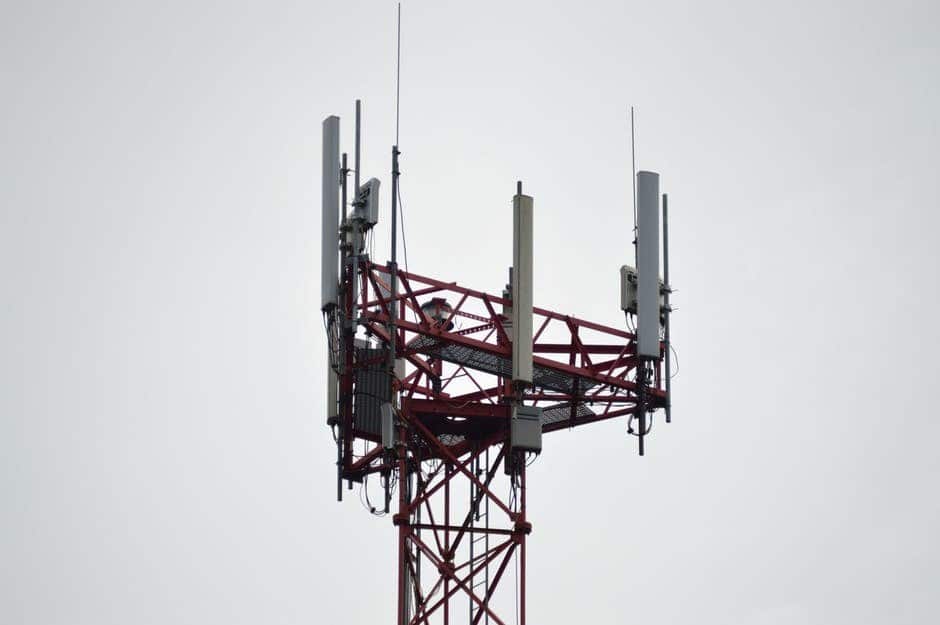Voice over IP: 2 common mistakes in your wireless network
A lot of organizations struggle to optimize their wireless network environment for Voice over IP (VoIP). Most organizations actually experience a lot of problems in wireless network environments which mainly can be attributed to faulty network designs.
Bad network designs will definitely lead to laggy phone calls or they will lead to no connection at all. So a well-thought network design is absolutely necessary. I will show you two steps in designing a good VoIP-network.
1. Important for Voice over IP: Channel Planning for faster roaming
So you want your network to handle Voice over IP? When you design your network the first important thing is: program the channels on the access points correctly. If you choose the wrong channel you might lose connection.
The solution to this problem is to dedicate the 5 GHz frequency solely to Voice over Wi-Fi for the least interference. Why? These UNII-1 channels result in faster roaming. You do need that for Voice over IP. Think about your Skype conversation, during which you easily lose connection. Without faster roaming this is an actual risk.

How do you get the fastest roaming? The technical details:
- We recommend you should exclusively use the channels from UNII-1: 36, 40, 44 and 48.
- We also recommend to set the radio’s at 20 MHz channel width.
These specific channels are non-DFS, which means you can lock the access point into these channels.
And other data usages next to Voice over IP?
Other data usages should be handled by the 2.4 GHz frequency or wired connections to avoid co-channel interference.

2. Voice over IP the problem with Access Point Transmit Power
The second problem that most of our customers experience are access points that operate on a very high transmit power. Access points are usually set to a higher transmit power to realize a bigger coverage area.
But this doesn’t work. Why not? Because smartphones have a limited range to transmit their signals to. They have a coverage area themselves, which is smaller than the coverage area of the access point.
When a smartphone and an access point exchange signals, it is possible that the smartphone cannot respond. This means that increasing the access point transmit power is not a solution. Your smartphone won’t be able to send any signals to it anyway.
- We recommend the ARM minimal transmit power (5 GHz) at 12 and ARM maximal transmit power at 15.
Any questions about Wi-Fi? Please contact us!
We hope that your organization can use these suggestions. If you have any questions/remarks or if you want to make inquiries, please contact us
